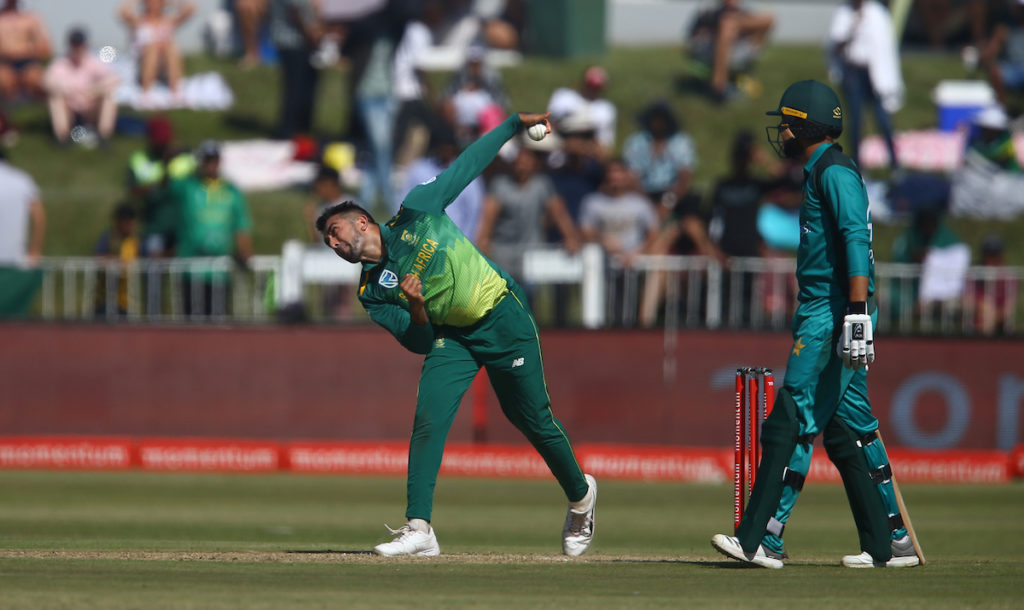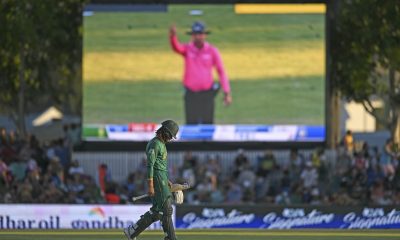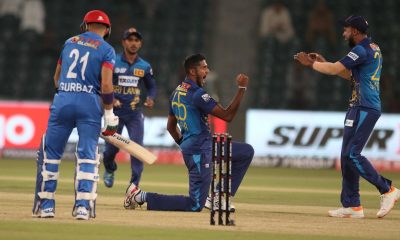International Cricket
OPINION: South Africa’s lack of wrist spin depth is a big problem
Tabraiz Shamsi’s absence from the Proteas lineup in the second ODI in India has highlighted the lack of wrist spin depth in the national team setup.
More in International Cricket
-


OPINION: Growing the player pool is meaningless if the Proteas don’t learn how to win
With the horror of the Proteas versus Afghanistan ODI series now a thing of...
-


NEWS: Afghanistan seal historic series win over South Africa with crushing victory in second ODI
South Africa have now endured one of their most humiliating series defeats in the...
-


PREVIEW: Afghanistan host South Africa in second ODI
South Africa lost their top order cheaply and succumbed to a big defeat and...
-


PREVIEW: England host Australia in First ODI at Trent Bridge
England and Australia continue their white-ball only series as the ODI leg of the...


























